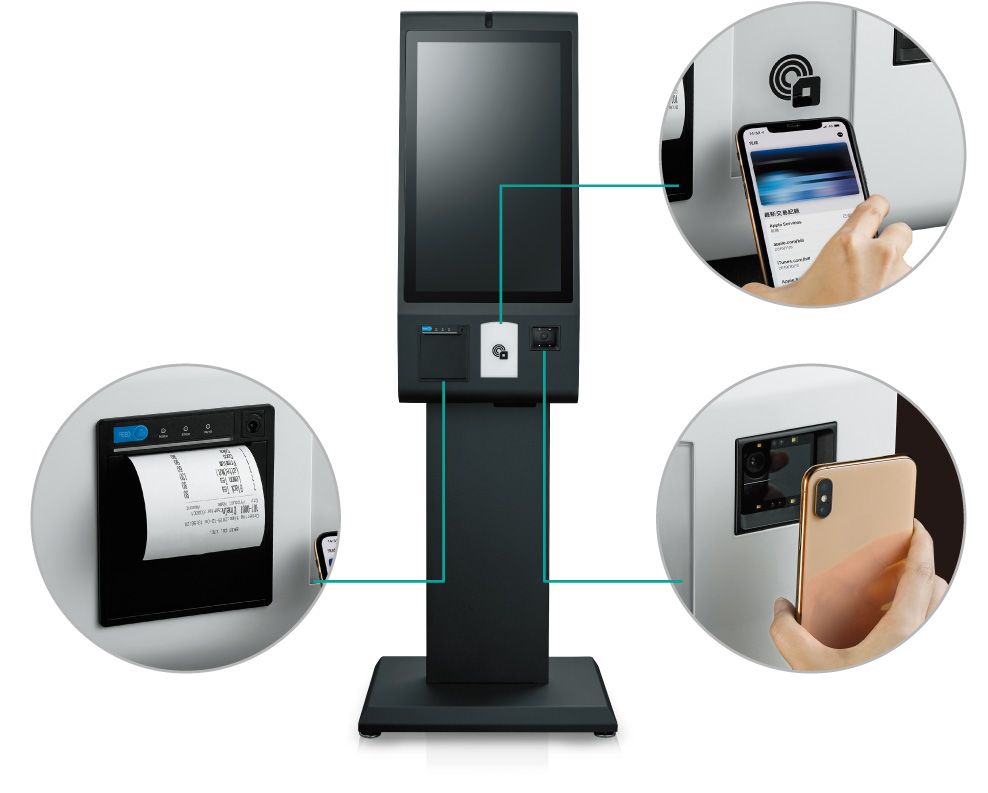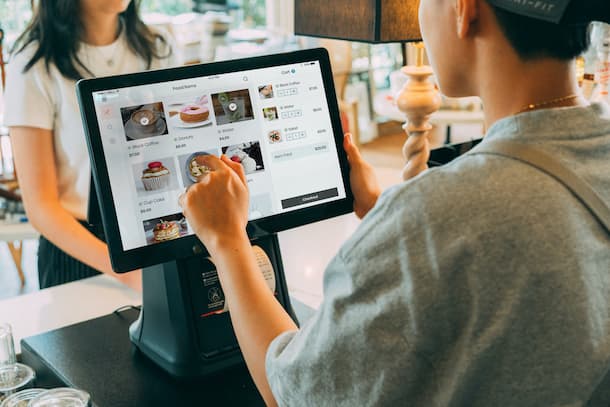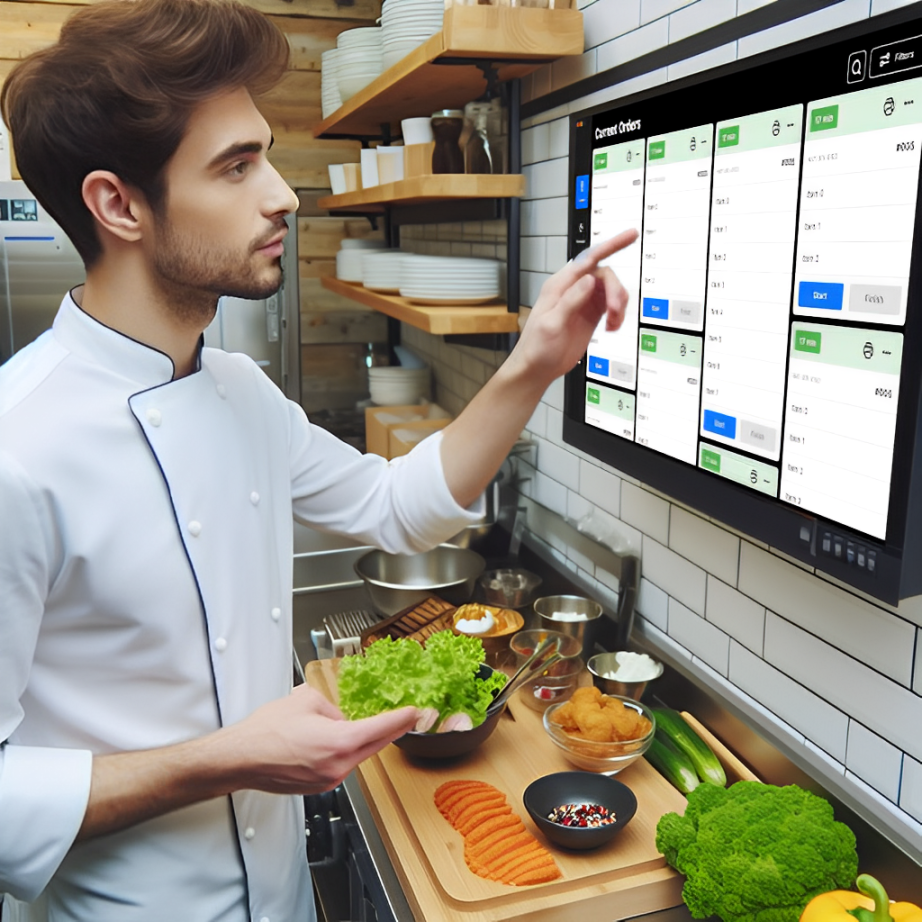Self-ordering kiosks are becoming increasingly popular in restaurants, quick-service eateries, and even retail stores. They offer a variety of benefits for both businesses and customers, including faster service, improved order accuracy, and increased menu customization. However, setting up and managing self-ordering kiosks effectively requires careful planning and execution.
1. Define your goals and objectives.
Before you invest in self-ordering kiosks, it’s important to have a clear understanding of what you hope to achieve. Are you looking to reduce wait times? Increase order accuracy? Boost customer satisfaction? Once you know your goals, you can choose the right kiosks and software for your needs.
2. Choose the right kiosks.
There are a variety of self-ordering kiosks on the market, with different features and price points. Consider factors such as the size and layout of your establishment, your budget, and the needs of your customers. For example, if you have a lot of foot traffic, you’ll need kiosks that are easy to use and navigate. Also, if you dont want to get attached to long-term contracts, and don’t want to pay upfront costs for implementing it, a few companies offer their kiosk for free.
3. Select the right software.
The software that powers your kiosks is just as important as the hardware itself. Choose software that is easy to use for both customers and staff, and that integrates seamlessly with your point-of-sale (POS) system. In some cases, you can have the software without paying a monthly fixed price, just a low processing fee. The software should also allow you to manage your menu, track orders, and collect data on customer behavior.
4. Train your staff.
Your staff need to be familiar with how to use the kiosks and troubleshoot any problems that may arise. They should also be able to answer customer questions about the kiosks and the ordering process.
5. Promote your kiosks.
Once you’ve installed your kiosks, let your customers know about them! Use signage, in-store announcements, and even social media to encourage customers to try them out.
6. Monitor and adapt.
Once your kiosks are up and running, it’s important to monitor their performance and make adjustments as needed. Track metrics such as order volume, wait times, and customer satisfaction. Use this data to identify areas for improvement and make changes to your kiosk setup or software.
Additional tips for managing your self-ordering kiosks:
- Keep the kiosks clean and free of clutter.
- Make sure the screens are bright and easy to read.
- Offer a variety of payment options, including cash, credit cards, and mobile wallets.
- Provide clear instructions on how to use the kiosks.
- Offer assistance to customers who need help.
- Collect feedback from customers and use it to improve your kiosk experience.
By following these tips, you can set up and manage your self-ordering kiosks for success. Kiosks can be a valuable asset for your business, helping you to improve efficiency, customer satisfaction, and your bottom line.
In BikPays we provide you both hardware and software for free, with no upfront costs. We’re happy to help restaurants of all sizes take a step forward. You can find us here: info@bikpays.com or (925)-350-9453 .








